-
 © Public domain
© Public domain -
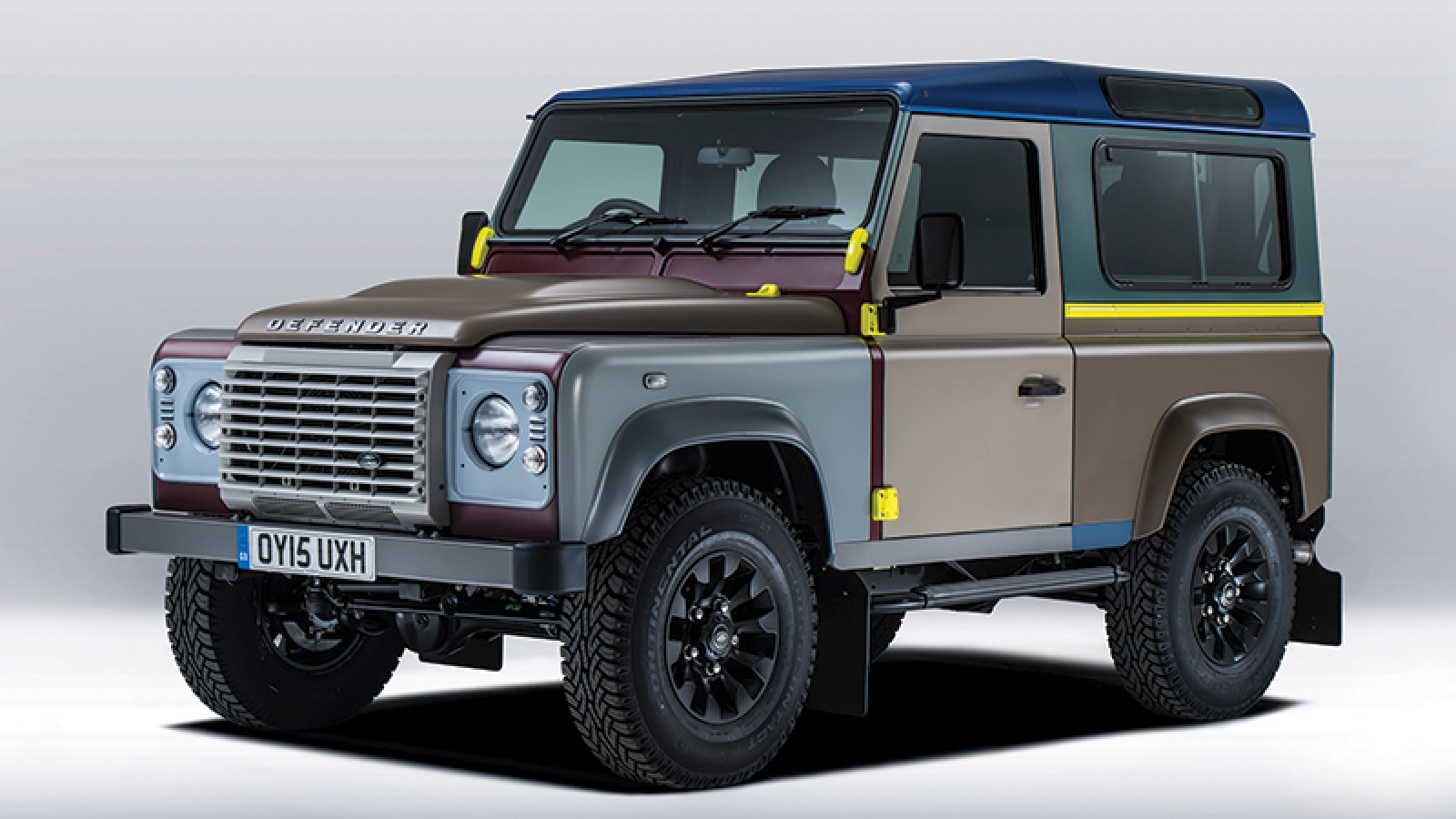 © Public domain
© Public domain -
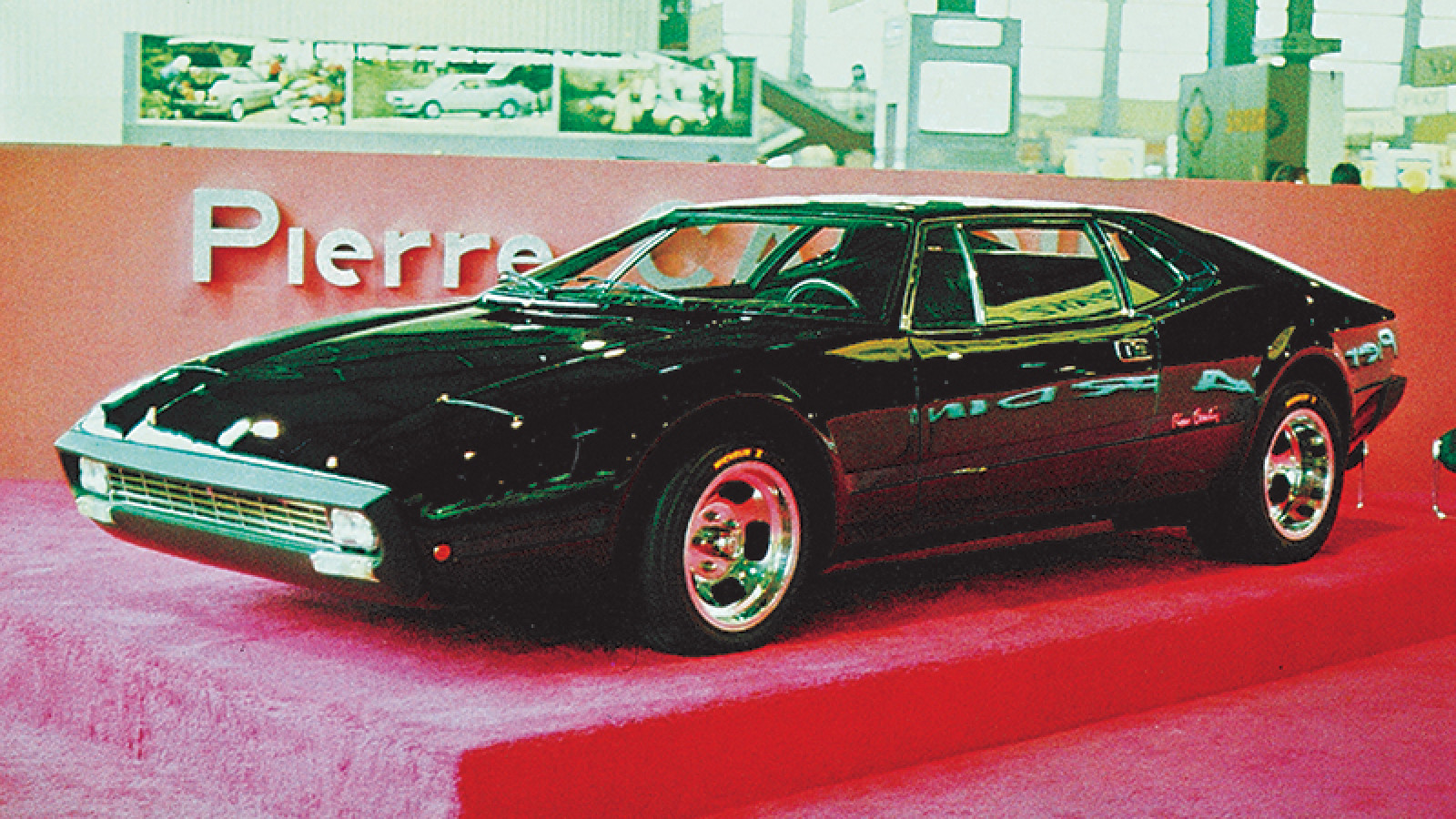 © RH Archive
© RH Archive -
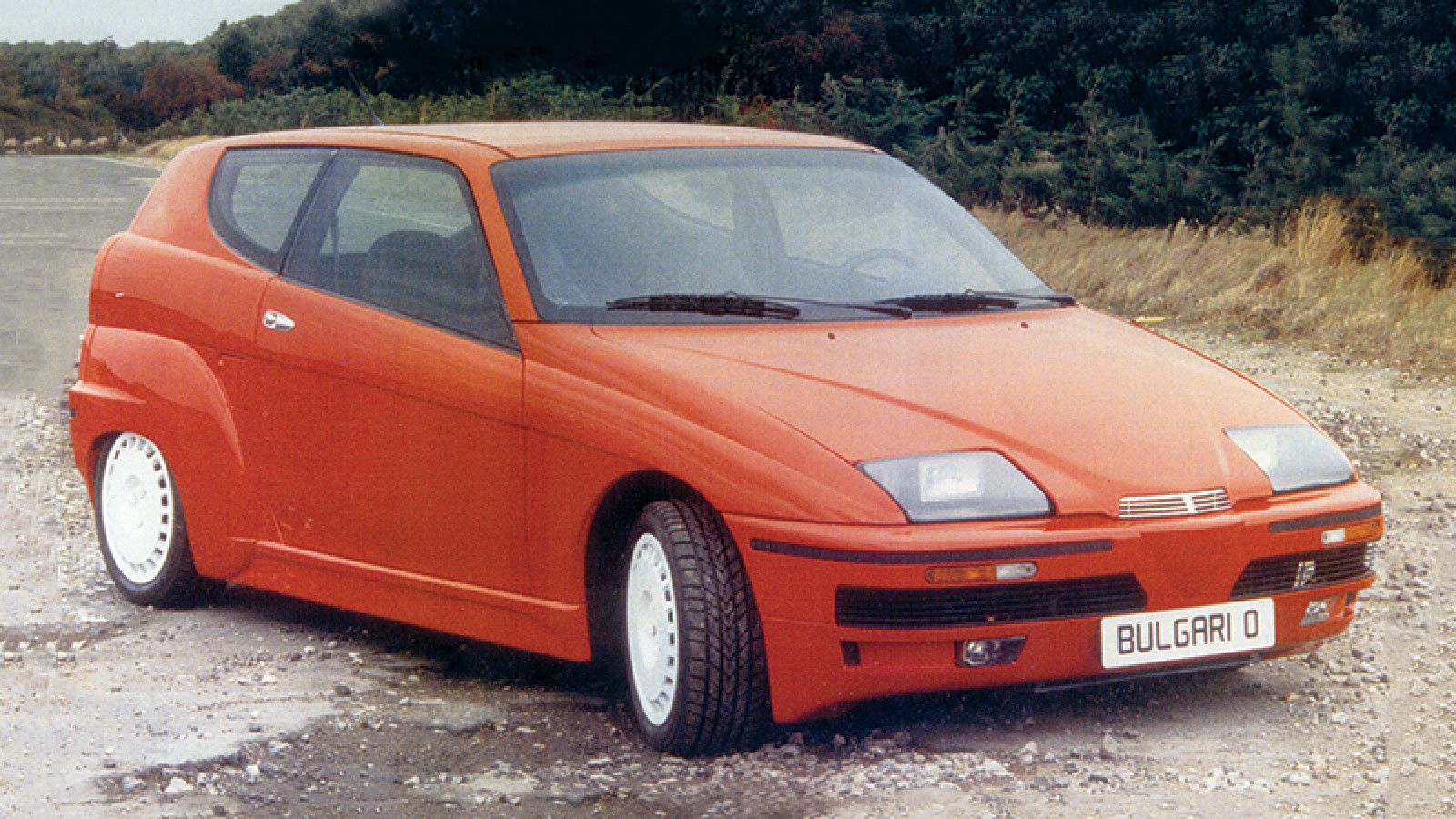 © Chris Rees
© Chris Rees -
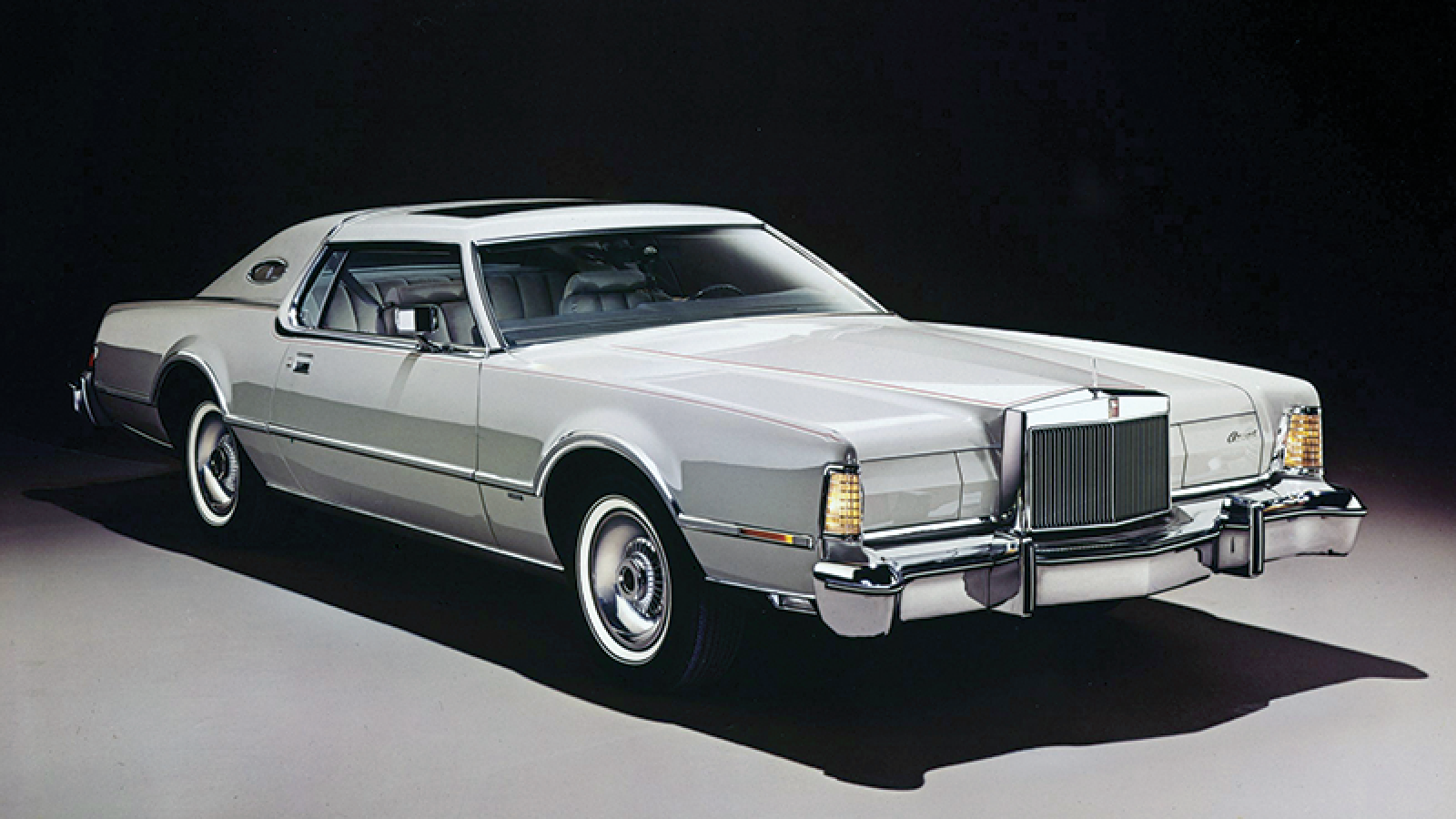 © Public domain
© Public domain -
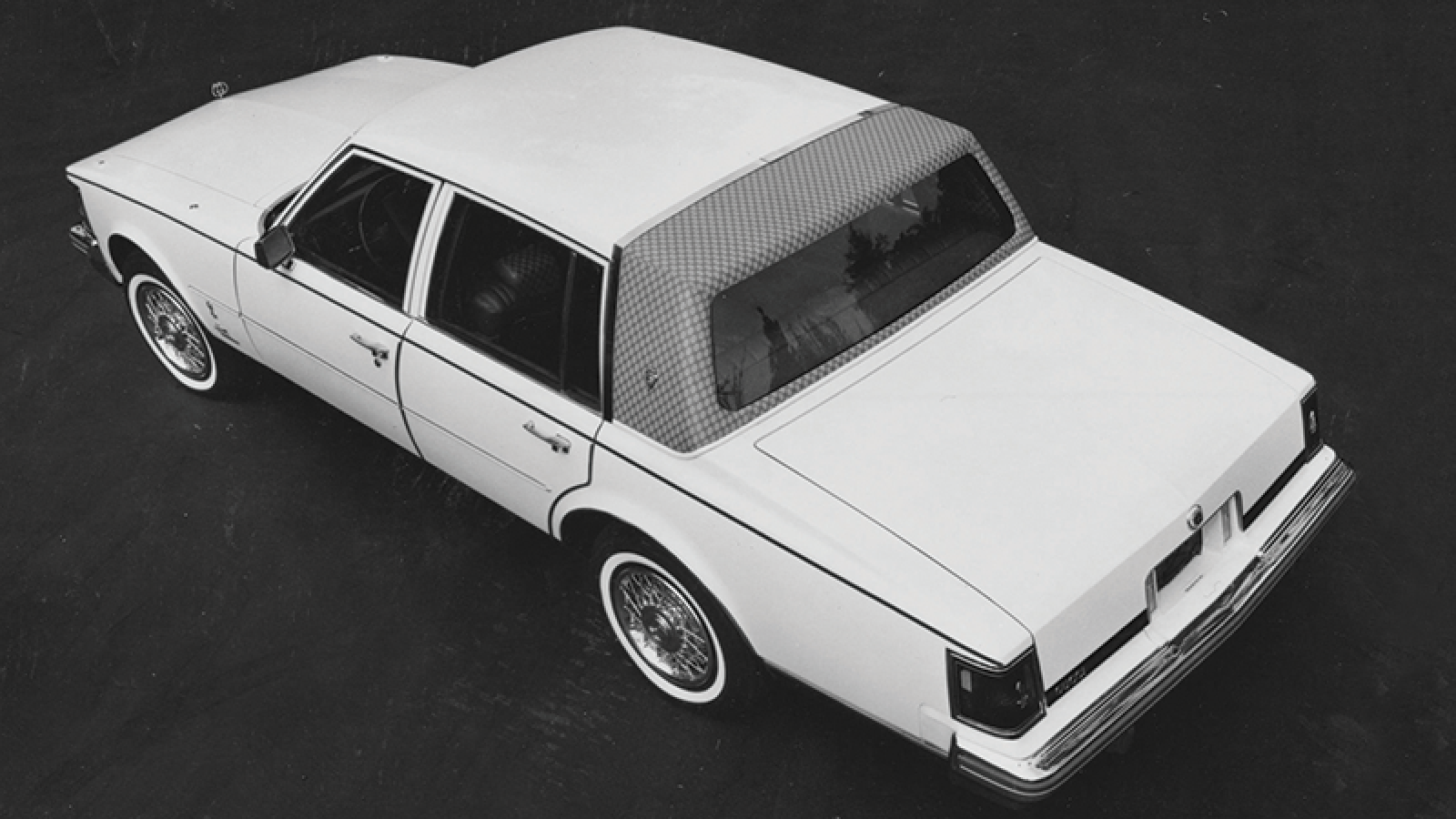 © RH Archive
© RH Archive -
 © Public domain
© Public domain -
 © Public domain
© Public domain -
 © Public domain
© Public domain -
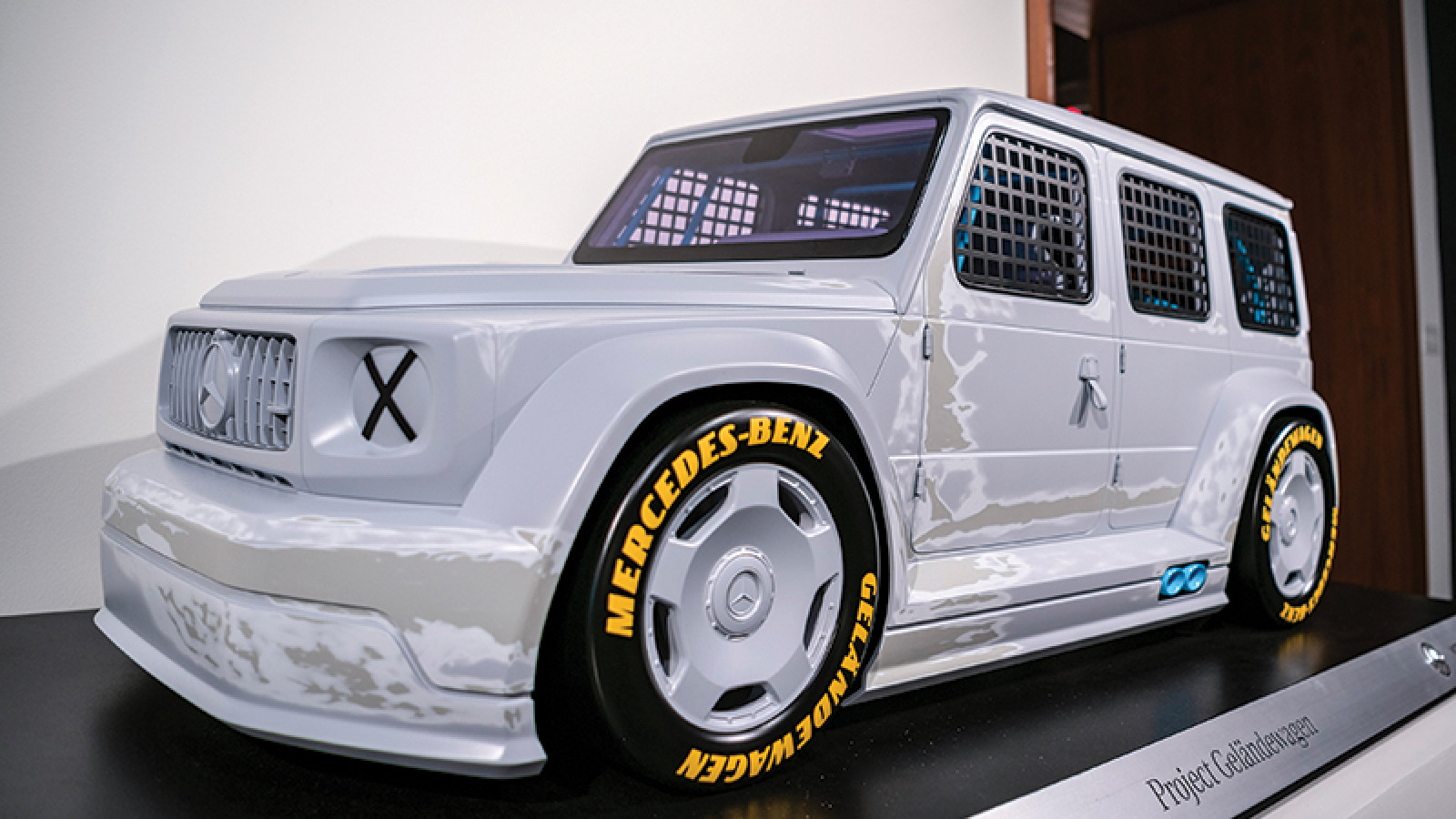 © Public domain
© Public domain -
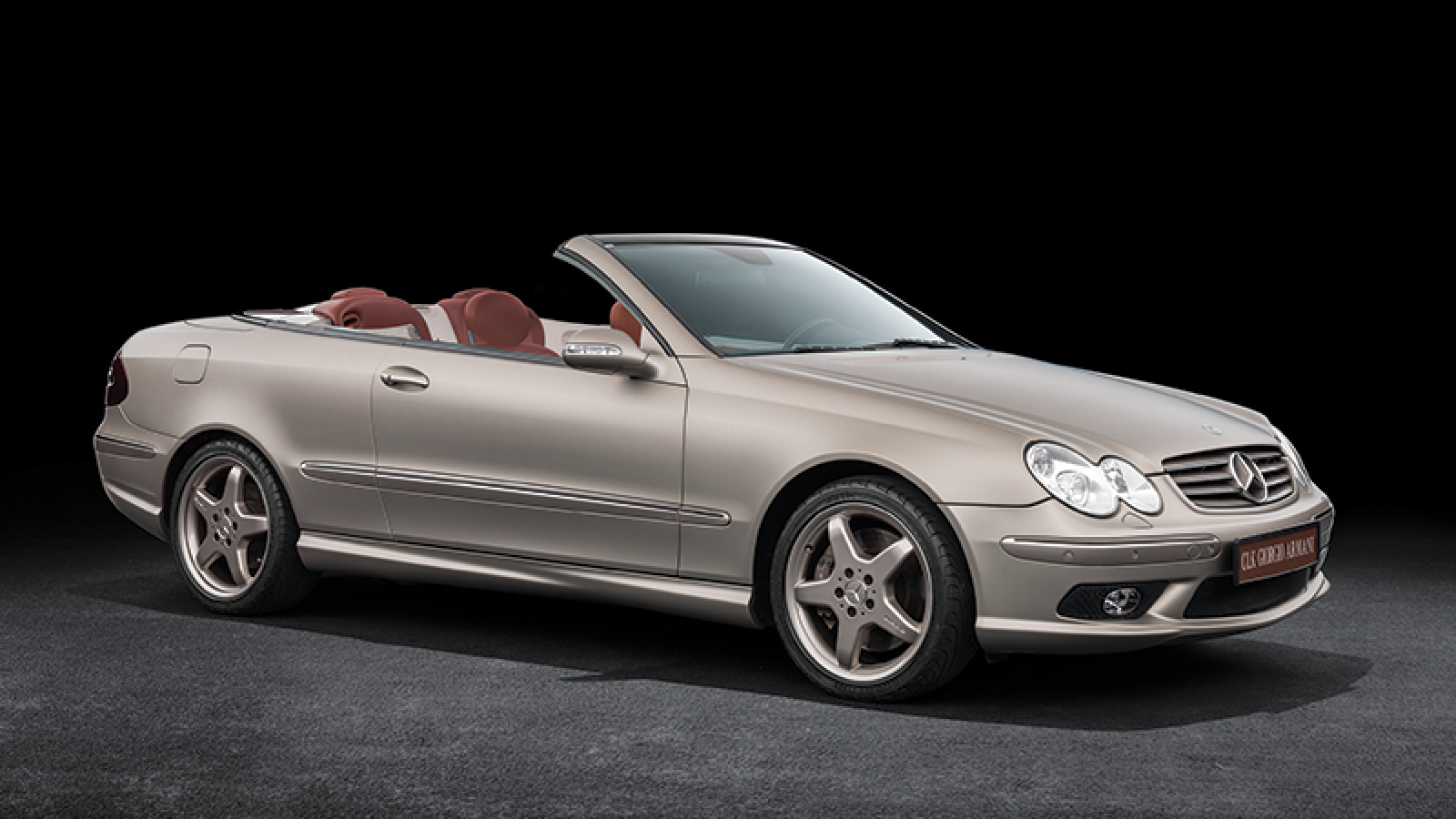 © Public domain
© Public domain
-
Style over substance
Manufacturers of luxury vehicles and brands of designer goods have long enjoyed a symbiotic relationship.
Think back to the inter-war years and it wasn’t uncommon for coachbuilders to use items made by artisans from other spheres in their creations.
However, the 1970s in particular witnessed an explosion of partnerships between the fashion world and the automotive arena, even if some of these unions represented a name being licensed out rather than a hands-on joint venture.
In many ways you could argue that AMC got there first, as its associations with Pierre Cardin and Gucci during the 1970s bear witness.
Nevertheless, it didn’t stay the course, and it was Ford that fully exploited the idea.
That said, to the monied the automobile is a fashion accessory, and high-end manufacturers often work with haute couture fashion houses to create limited-edition cars – the sort of creations that are restricted to the kinds of numbers that can be counted on one hand.
Gathered here, then, is a selection of vehicles that all boast designer labels.
They comprise name-above-the-title variants of mass-produced models, gilded hypercars, tongue-in-cheek workhorses and one or two wildcards.
You may not like them, but none could ever be accused of being dull. Which was rather the point.
-
1. Paul Smith and Land Rover
The British designer and master-striper has form when it comes to automotive tie-ins, most memorably with Mini (both the original and the BMW-made kind).
However, the Land Rover enthusiast also produced his own take on the Defender in 2015.
Smith worked in conjunction with JLR’s Special Vehicle Operations skunkworks to create something that retained the rustic look, but with a hint of the cosmopolitan.
Some 27 different hues were applied to the Landie’s exterior, resulting in a deliberate patchwork look that suggested a much-worked Land Rover with mismatched panels.
There were a few nice quirks, too, not least a hand-painted bumblebee on the roof.
Inside, in contrast, it was ultra-chic, with soft leather and Paul Smith Maharam fabric.
However, far from entering even limited production, the Defender Paul Smith, as it was oddly named, was strictly a one-off.
Anorak fact Rather than being used off-piste on a muddy British farm, this unique Landie was whisked away to Smith’s estate in Italy
-
2. Pierre Cardin and Sbarro
Octogenarian Franco Sbarro remains the enfant terrible of car design.
He was at his most prolific in the 1970s, touting his Wankel rotary-powered Coupé SV-1 – Safety Vehicle One – prior to making replicas of everything from the BMW 328 to the Bugatti Royale (complete with two engines).
Then there was the Pilcar electric city car and the TAG-Cadillac Function Car six-wheeler.
And while his name polarises opinion within the automotive world, his wider reputation was bolstered by an association with fashion legend Pierre Cardin.
Together, they conceived the SV-1-derived Coupé Stash, a three-seater prototype that broke cover in 1974.
But both parties had bigger fish to fry, Sbarro claiming years later that Cardin lost interest, so just three were built: with BMW and VW K70 power, plus a lone 6.3-litre Mercedes V8-engined, targa-style Super Stash variant.
Anorak fact Cardin previously lent his name (and groovy stripes) to a limited-run AMC Javelin
-
3. Bulgari and Lotus
The Italian luxury brand entered the automotive arena in late 1988 under the guidance of Gianni Bulgari.
GB Automotive initially worked with Turin firm IDEA before switching to Lotus to fulfil Bulgari’s dream of creating a car with the cabin space of an MPV, but the footprint of a hatchback.
Its signature feature was an unusual seating arrangement, with three seats up front, the middle being recessed, while the two rears were staggered and offset.
Lotus created the chassis, and engines mooted and batted away included four-cylinder BMW units and the Ducati-made Ferrari V8 used in the Lancia Thema 8.32.
Bulgari settled on a 2-litre GM unit.
Plans also called for interchangeable body configurations, with the prototype featuring a wedge outline.
In 1990, M100 Elan-based front suspension was employed among other changes.
Anorak fact Bulgari spoke of making 5000 cars per year, but the project soon fizzled out. The brand later collaborated with Bugatti and Fiat
-
4. Cartier and Lincoln
Ford USA’s luxury Lincoln marque collaborated with numerous designer brands during the 1970s and into the ’80s.
Bill Blass, Emilio Pucci, Givenchy, Valentino and Versace all lent their names to a line of ‘Designer Series’ models, but the most successful was the Cartier Edition.
The relationship between Lincoln and the French jeweller lasted more than 30 years and predated the Designer Series.
Edsel Ford had a personal relationship with Cartier stretching back to the 1920s, but the first car outfitted was the Continental MkIII in 1969; in later years, no Continental (and later Town Car) was worth its salt without a Cartier dash clock.
While not the first tie-up between an American marque and a boutique brand, the relationship was among the most enduring: the final Lincoln to wear the Cartier script was made in 2003.
Anorak fact Introduced in 1976, the Designer Series was such a success that DS cars soon accounted for more than a quarter of all Lincoln sales
-
5. Gucci and Cadillac
Unlike the prior Gucci AMC Hornet Sportabout, this pimped Cadillac was aimed squarely at those in a higher income bracket.
Unveiled amid the marble-and-crystal splendour of the grand ballroom of the Beverly Wilshire Hotel, Los Angeles, in late 1978, the Gucci Seville was trumpeted as being the ultimate in ultra-luxurious road transportation.
The conversion was dreamed up by Palm Beach-domiciled Dottore Aldo Gucci, one of three sons of company founder Guccio Gucci.
Priced at $19,900 – around $7000 more than a standard Seville – this bold new strain of Caddy featured 24-carat gold trim, a pair of interlocking Gs for a hood ornament, individual letters for the bootlid that spelled out ‘Gucci’, and gold wire wheels with double Gs in their centre caps.
Then there were the Gucci stripes, Aldo Gucci’s signature emblazoned on the dashboard (in gold, naturally) and a padded vinyl roof to the good doctor’s own design (complete with Gucci logos on the C-pillars).
Anorak fact Gucci intended selling as many as 2500 replicas. That never happened, but the Gucci name has since been applied to Chryslers and Fiats
-
6. Versace and Lamborghini
Remember the Lamborghini Murciélago LP640 Versace Edition?
There is no reason why you should, because it came and went in the blink of an eye.
Produced in 2006 to support and celebrate Milan Fashion Week, the cars were largely standard mechanically – so you got a 6.5-litre V12 producing 640bhp at 6000rpm – but featured styling changes including a new bodykit designed in-house and an interior created under the Lamborghini Ad Personam programme in association with Versace’s own designers.
The dashboard, doors, headlining and seats were wrapped in Nappa leather, complete with the Versace Greek fret motif.
Naturally, there was also fitted luggage in matt-black calfskin, plus a pair of driving shoes and similarly bespoke driving gloves. Oh, and a keychain.
First seen at that year’s Paris motor show, 20 were made, 10 each in Bianco Isis (white) and Nero Aldebaran (black).
Anorak fact Versace and Lamborghini collaborated again on a Murciélago Roadster. Up to three were made, but one was later stripped of Versace trinkets
-
7. Hermès and Bugatti
This French luxury brand and Bugatti in its original form enjoyed a mutually beneficial relationship as far back as the 1920s, when the couturier created luggage trunks, among other items.
Scroll forward to 2018 and Bugatti, by then under Volkswagen Group proprietorship, produced the Veyron Fbg par Hermès in association with the Parisian outfit.
Designer Gabriele Pezzini ‘refined’ the existing styling, with changes including vents on the edge of the wheel rims meant to evoke the signature style of Hermès seams.
The aluminium grilles on the radiator and intercoolers, meanwhile, were branded ‘H’.
Inside, the seats and some of the door furniture were made within the Hermès workshops and unique to the model.
Just four cars were built. The asking price? A mere $2.1m.
An open-top Grand Sport par Hermès was made subsequently, following the same blueprint.
Anorak fact More recently, Hermès collaborated on a one-off Chiron with white body, wheels, brightwork and interior
-
8. Hermès and Citroën
Yes, we appreciate that we are mentioning this French atelier again, but we couldn’t overlook this designer 2CV – if nothing else an unadulterated automotive oxymoron.
Hermès celebrated the Tin Snail’s 60th anniversary in style with this tailor-made 1989 2CV 6 Spécial, unveiled at the Paris Salon in October 2008.
The brown-on-brown car’s caramel-hued interior was that bit more bespoke than you would find in a standard Deux Chevaux, with leather doorcards, gearknob, steering wheel, driver’s sunvisor and indicator stalk.
The front seats were also trimmed in hide, but with grey-beige cotton-canvas inserts.
Tellingly, Citroën chose to display the car on its own stand at the event, which was quite the turnaround: it had practically disowned the 2CV for decades, viewing it as an embarrassment.
Anorak fact In an ironic twist, a Hermès boutique in Lille was brazenly robbed in 2023 by a group of wrong ’uns using a Citroën Saxo getaway car
-
9. Off-White and Mercedes-Benz
Mercedes-Benz and Off-White founder (and then men’s artistic director of Louis Vuitton) Virgil Abloh created Project Geländewagen in 2020.
Abloh and Merc’s chief designer, Gorden Wagener, designed an SUV that would have looked at home in the Deutsche Tourenwagen Masters series.
Far from being an off-roader, it was a bare-bones racer with ground-effect spoilers, 25in monobloc wheels and a stripped-out cabin (complete with F1-inspired steering wheel).
The paint was deliberately scarred to ‘embrace the notion of beauty in imperfection’, while the Benz ‘explored ways of disrupting future perceptions of luxury’.
‘Through Project Geländewagen,’ the PR bumf went on, ‘the worlds of fashion, art and automotive are united by a passion: outstanding luxury design that anticipates future ambitions.’
Anorak fact Power was to come from a 577bhp AMG V8 and it was said to be good for 0-60mph in sub-4 secs. We’ve yet to see it moving, mind…
-
10. Giorgio Armani and Mercedes-Benz
Introduced to coincide with the start of Milan Fashion Week in October 2003, the Mercedes-Benz CLK Giorgio Armani Design Car was created apparently to evoke ‘modern, timeless and ultra-elegant feelings’, and was said to reflect the spirit of both brands.
The car was developed by DaimlerChrysler Advanced Studio Como under the direction of Armani across a period of four months, the idea being to create something that purportedly mirrored old-school coachbuilding and tailoring practices.
The interior leather, for example, known as ‘Cuoio’, was fashionable in the 1940s and into the ’50s.
There were no shiny chrome accessories inside, either, just faux-aged steel.
The exterior, meanwhile, was finished in a subdued sandy hue dubbed ‘Sabbia’ that was variously matt and high-sheen.
Anorak fact As many as 100 Giorgio Armani CLKs were sold via the Mercedes-Benz designo programme
